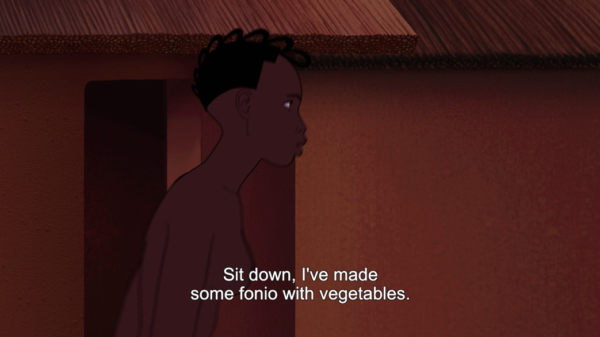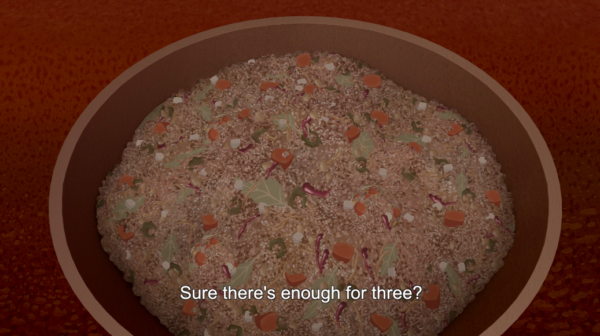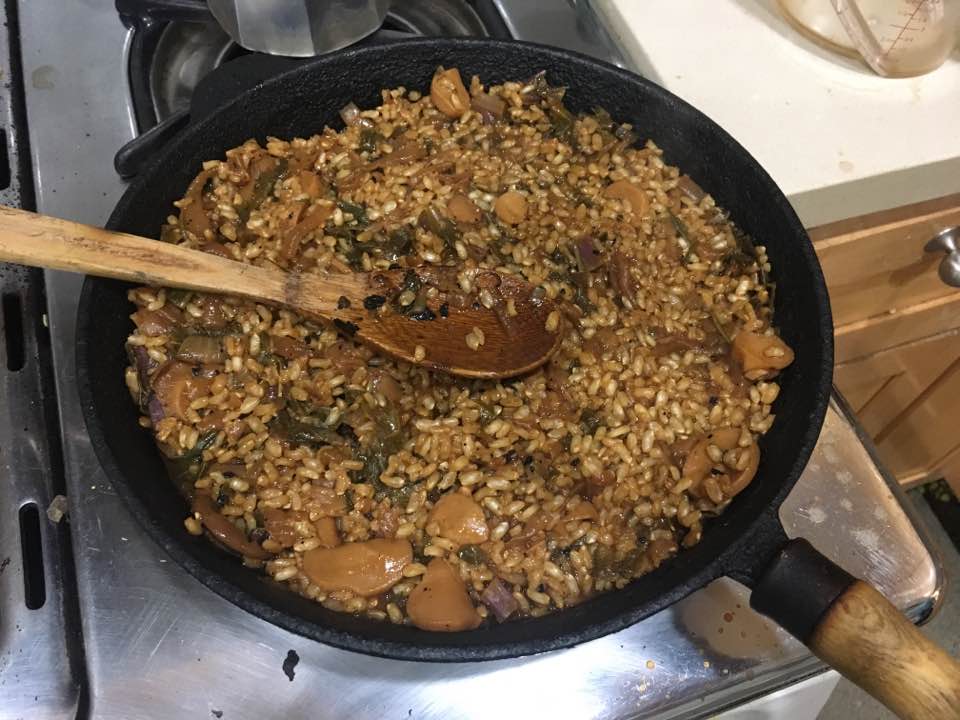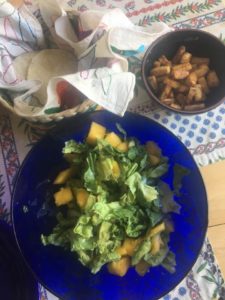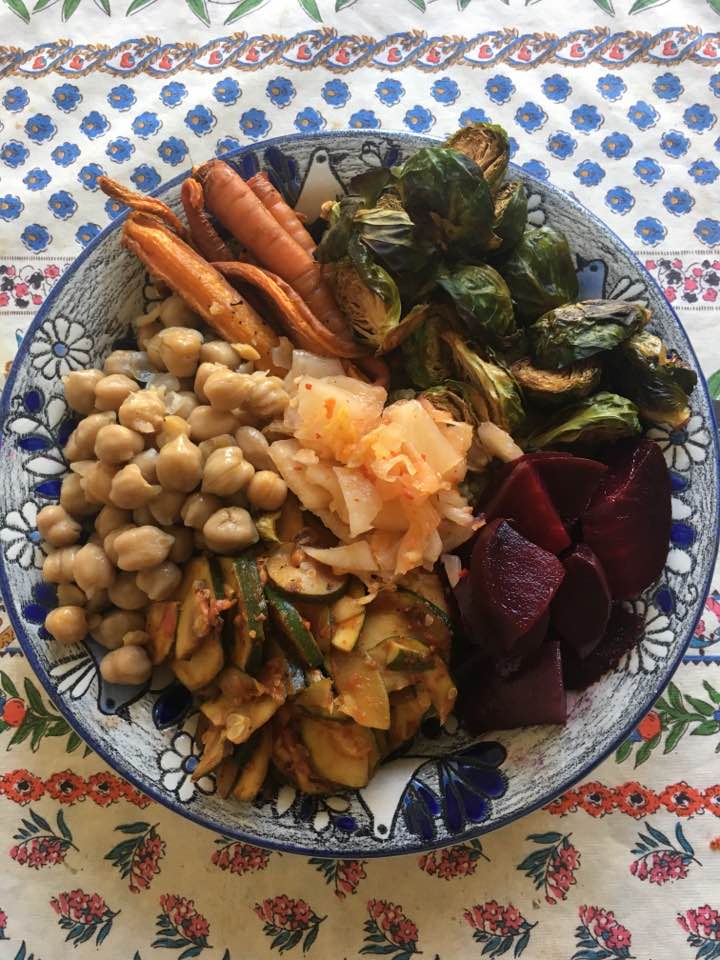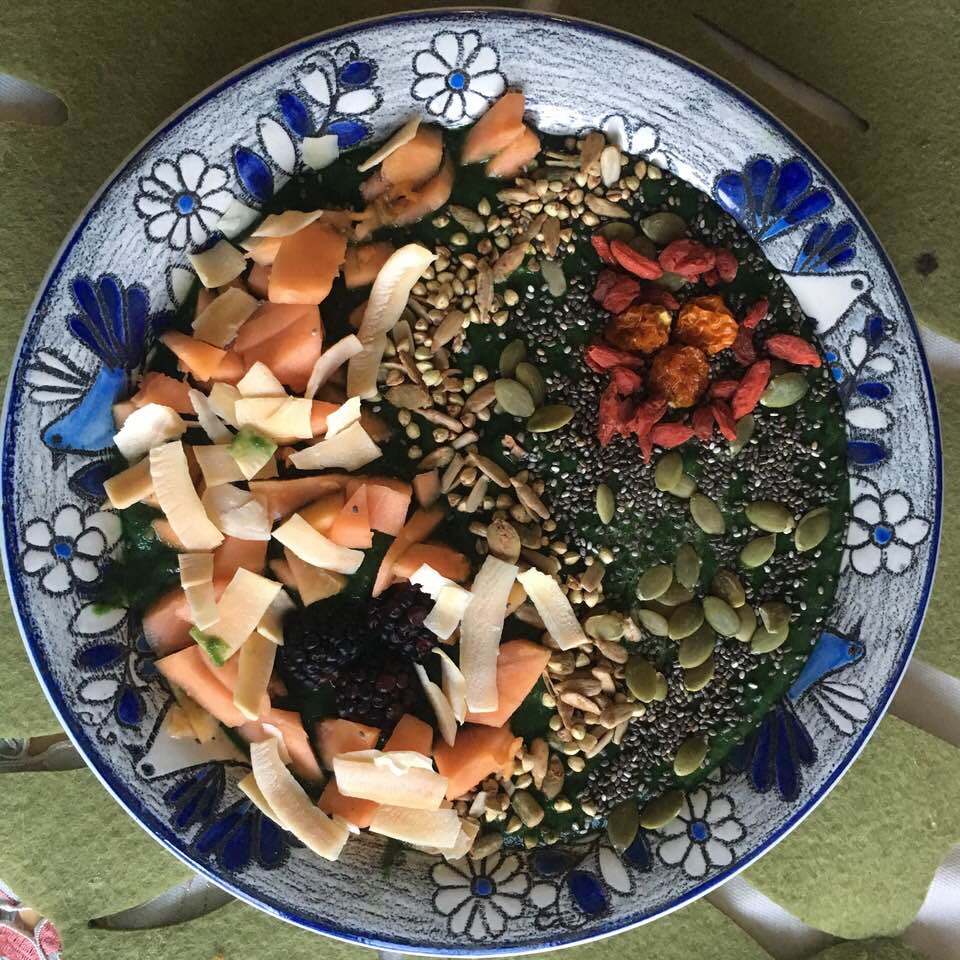This simple little dish turned out fantastic with very little effort and fanfare, largely thanks to excellent spices from Havat Derech HaTavlinim in Bet Lechem HaGlilit, my favorite spice shop, but you can obtain these at Middle Eastern markets and online. The combination of these red and purple spices with a lot of red vegetables yields something very special with a sweet flavor profile. An ideal Instant Pot recipe but this is easy to make in a lidded saucepan – it’ll just take a few more minutes.
- 1/2 white onion, minced
- 3 garlic cloves, minced
- 1 tablespoon baharat
- 1/2 tablespoon sumac
- 3 big carrots, grated
- 1 little tomato, finely chopped
- 1 little beet, finely chopped (I used a precooked beet from lovebeets)
- 1 cup quinoa (I used tricolor, but would’ve used white quinoa if I had any)
- 1 cup water
Set the InstantPot to “sauté,” heat it up, and then pop in the onion and garlic. Cook for about five minutes or until beginning to be golden. Then, add the spices, carrots, tomato, and beets. Continue cooking for about five more minutes. Turn off the sauté function and add the quinoa and the water. Mix well, close the lid, and set the Instant Pot to pressure cook on high temperature for 11 minutes. When it is done, let it sit for about five minutes before depressurizing.



